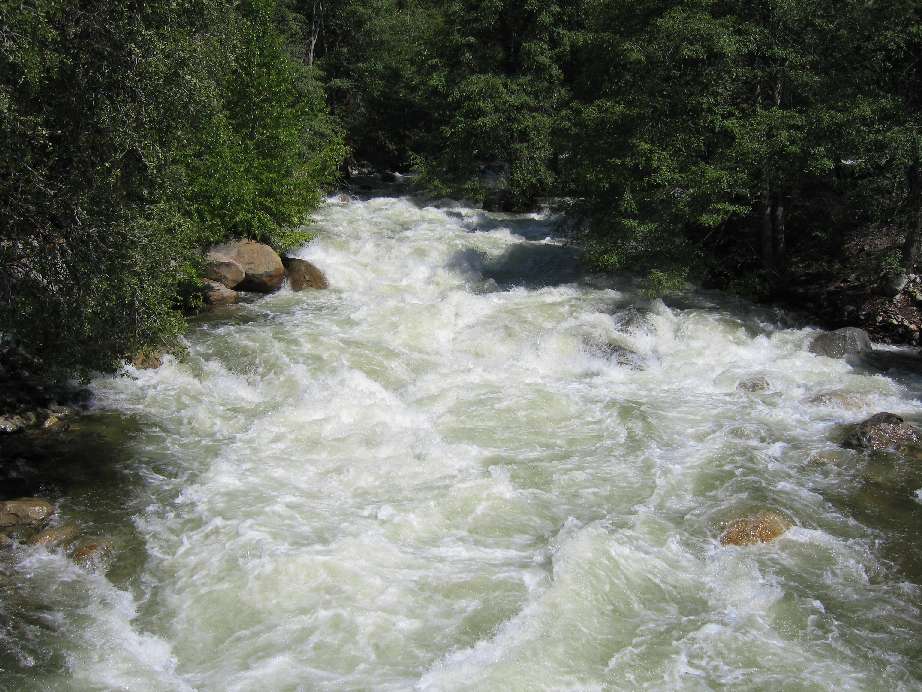January 9, 2006
Addicted To The Bottle…Of Water
By Michael D. Shaw
Here’s a clever way to deceive the public while enjoying the praise of faux health experts and misguided trendsetters: Develop and market a highly priced brand of bottled water, replete with a rich mythology about ancient artesian wells or pristine wilderness or untamed jungle. This will be more than enough for the lemmings who refuse to drink tap water, and have no compunction about forking over considerably more money for a gallon of bottled water than they would for a comparable amount of premium gasoline.
In truth, there are more standards and greater oversight concerning our drinking water than most citizens can imagine. Many jurisdictions actually include detailed water testing data once or twice a year with the water bills, and this information—if read—should ease anyone’s mind. Despite these facts, hotheaded extremists cling to the idea that our drinking water is unsafe, nothing more than a chemically infested cesspool. Once again, there is a great chasm here between myth and reality.
Perhaps the most common charge leveled against tap water is that it contains more pollutants than it did 25 years ago. However, this is quite misleading: Analytical technology and its availability to local water districts have both greatly improved, and many current regulations did not exist back then. Thus, levels of certain contaminants were not even recorded with the same criteria, making comparisons with the past dubious at best.
Related to this is the charge that tap water contains an unusually high amount of lead, a toxic substance to be sure. But, the most common source of lead in drinking water is the plumbing in a person’s home. Household pipes may contain traces of lead or have lead solder in their joints. Moreover, beyond the lead that occurs naturally in the environment, most of the lead now present resulted from legacy sources, including leaded gasoline and leaded paint. And, one way of removing it from drinking water is to engage in the “unnatural” treatment of the water to make it more alkaline.
These issues nonetheless pale before the even bigger myth about the safety of bottled water. The Natural Resources Defense Council (NRDC) makes a strong case against bottled water, noting in their study that…
“While most of the tested waters were found to be of high quality, some brands were contaminated: about one-third of the waters tested contained levels of contamination—including synthetic organic chemicals, bacteria, and arsenic—in at least one sample that exceeded allowable limits under either state or bottled water industry standards or guidelines.”
Further, while bottled waters are covered by the FDA’s rules, they undergo less rigorous testing and are covered by weaker purity standards than typical municipal tap water. As NRDC points out, bottled water is required to be tested less frequently than city tap water for bacteria and chemical contaminants. This difference is a significant one, considering the threat of contamination by E. coli and other pathogens.
One more thing. Consider the environmental consequences of millions of those clear plastic bottles, most of which never make it to a recycling facility. Add to that the energy cost of trucking around these bottles, and even shipping them across the Atlantic, and it’s not a very Green picture, is it?
Rather than meekly accepting a bunch of marketing hype, consumers, health enthusiasts, and environmentalists should take a much harder look at designer water. These days, tap water seems to get little respect, even though it is safe, clean and cheap!
Before spending your money on a fancy bottle of hype, try the real thing. Drink up!

